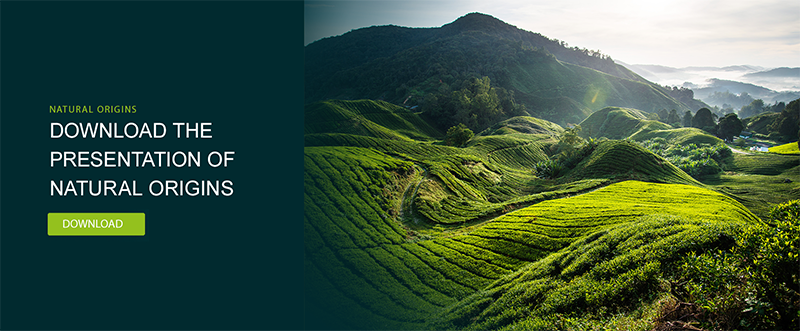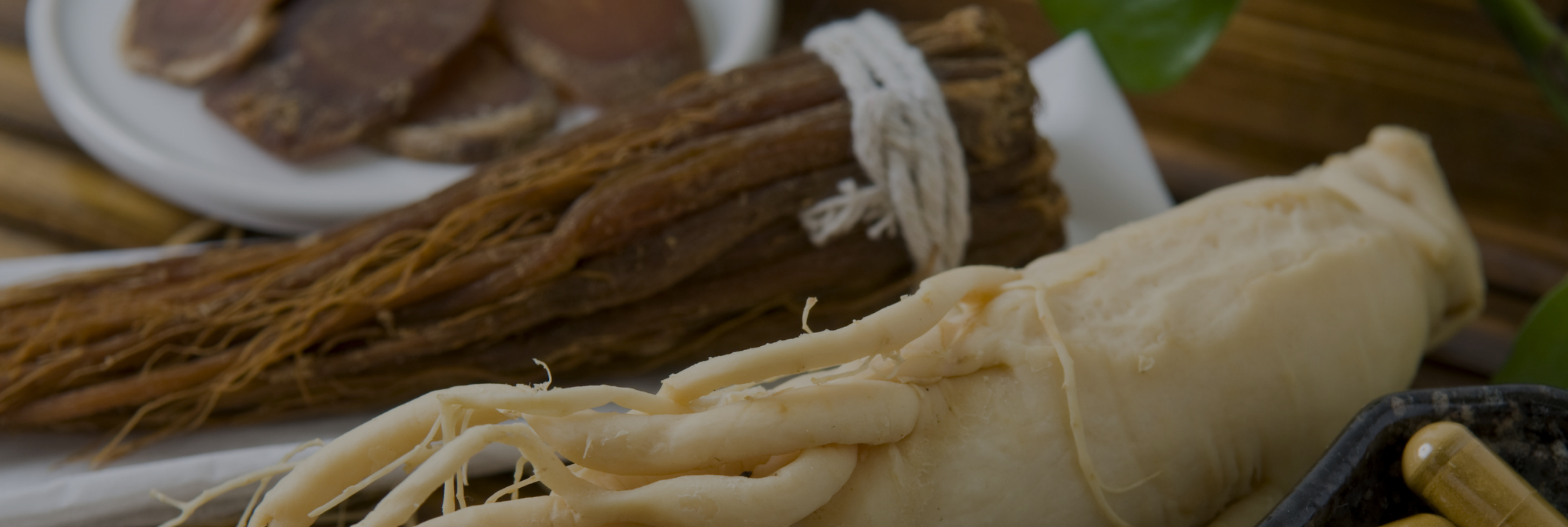Humanity must deal with some vital challenges: feed a growing and ageing population with a growing scarcity of resources and diseases developing in industrialised countries. This observation shows the urgent need to make changes in our food model towards a greater respect for our planet, for human health and well-being for all, animals included. So, what is involved in this food transition? What are the objectives and new strategies to adopt to ensure sustainable production methods?
New strategies of production methods
The major objective of food transition involves promoting new production models. Our food safety and guaranteeing the nutritional value of ingredients we consume goes through preserving biodiversity. This represents the condition for confronting contemporary and future challenges. One of the aspects of this food transition is rethinking the agricultural approach to preserve ecosystems. By not changing anything, the total arable land in the world in 2050 will represent just one fourth of the level in 1960. (Source FAO).
We can therefore understand quite easily the interest of producing better and setting up technical and social means which can guarantee a sufficient yield and optimum nutritional quality. The actors of the food manufacturer supply chains, industrials, distributors up to the consumers are doing everything to make this happen.
This evolving consciousness is accompanied by reducing the consumption of animal products and promoting vegetarian and vegan type diets. More environmentally friendly production methods have emerged including: agroecology, biodynamics, permaculture, agriculture to restore soil…
Besides the strong development of meat and dairy product alternative products, such as vegetable protein, many short circuit practices have been created for those wishing to consume products more responsibly: buying at the farm, collective food baskets, vegetable and fruit picking, associations supporting small farming, etc. These short and sustainable distribution chains promote strong links between the producer and the consumer, in addition to a short distance between the field and the dinner plate [1].
The challenge to correctly feed a constantly growing population also involves taking into account the factor of food sovereignty, local characteristics and the notion of terroir.
Sustainable food system and climatic challenges
Whether it is through cost issues, regulation or consumer approval, establishing an ethical, sustainable and ecological system is based on several initiatives:
Preservation of resources and plant-based nutrition trend
Flexitarianism has shot up, as 1/3 of French households declare limiting their consumption of meat compared to ¼ in 2015 [2]. The vegetable substitute market has exploded. The Intergovernmental Panel on Climate Change (GIEC) estimate that a vegan diet emits 2.5 times less greenhouse gas emissions than an omnivore diet. Eating has become a militant act, for its health impact in addition to the consequences of the production itself.
Inequality reduction [3]
According to the United Nations, we currently produce close to a third more than the nutritional needs of the planet [4], and this amount increases more by taking into account animal feed and agrofuels [5]. This is while rich countries overconsume animal products which are harmful to the environment and health [6]. Nevertheless, in 55 countries the world report on the 2021 food crisis [7] highlights the considerably high number of persons too poor to feed themselves, due to political conflicts, economic shock linked to the COVID-19 pandemic and weather-related disasters.
The distribution of value of the food chain is at the fore of the food transition [8]. In order to rectify these inequalities and fight growing hunger in the world, numerous commitments are relevant in terms of equality and social justice such as, producers’ wages, local consumption, and respect for culture and food heritage.
Reduce food waste and packaging
Numerous initiatives have arisen to optimise waste management at every step of the procurement and dstribution supply chain while promoting recycling. The law against wasting food in 2016 recommends « using unsold food as donations or for being processed, recovered for animal feed, compost for farming or energy for methane recovery ».
The circular economy also called « Up-Cycling » re-values products to respond to this problem of reducing the environmental impact of our food. Becoming commited to reducing packaging is another technical challenge for industrials as consumers have become aware of this zero waste approach, even if the COVID-19 period has limited this trend for health reasons.
Adapted nutritional inputs
The food transition embodies a nutritional model developed with the starting point being more sustainable quality farming. Organic farming is, as such, one of the main pillars envisioned to produce while respecting biodiversity and ecosystems and ensuring high nutritional quality ingredients. To respond to issues related to the food transition, the organic trend is very strong: in 2020, the sector attracted 15% more consumers [9]. This solution must however be completed by supplementary and essential commitments, particularly since certain organic products of the large-scale distribution sector have fewer nutrients in favour of various additions which conserve only a part of the principle actives, naturally occuring vitamins and minerals to the disadvantage of consumers.
In the marketing engagement era, producing quality food in nutrional terms also involves providing clear information on the ingredients along with transparent traceability. Because the societal impact of food is a major: 79 % of the French consider there are health risks posed by consuming certain food products [10]. Restoring consumer’s confidence guarantees the food transition and a successful nutritional outcome.
Individualising food is another booming trend. It demonstrates the consumer’s search for specially designed products with the nutritional profile adapted to personal constraints and personal health issues.
Please feel free to contact us.
To see our entire product range, check out our online catalogue available 24 HOURS A DAY 7 DAYS A WEEK.
Sources:
{2] Kantar Worlpanel pour Charal, 2018
[3] Quels systèmes alimentaires durables demain ? analyse de 16 scénarios du « secteur des terres » compatibles avec l’objectif de neutralité climatique ADEME ; solagro ; iddri — librairie.ademe.fr, septembre 2021
[4] Pertes et gaspillages de nourriture dans un contexte de systèmes alimentaires durables
Un rapport du Groupe d’experts de haut niveau sur la sécurité alimentaire et la nutrition - Juin 2014
https://www.fao.org/publications/card/en/c/f45cf2c1-aff7-4304-a11d-4fbf0e594ddb
[6] OCDE/FAO (2021), Perspectives agricoles de l’OCDE et de la FAO 2021-2030, Éditions OCDE, Paris, https://www.oecd-ilibrary.org/agriculture-and-food/oecd-fao-agricultural-outlook-2021-2030_19428846-en
[7] GRFC 2021 Rapport mondial sur les crises alimentaires 1
[8] Etats Généraux de l’Alimentation
[9] Agence Bio
[10] Food 360, TNS Sofres, 2019
Claire Alcais
Copywriter - Author








Leave a comment